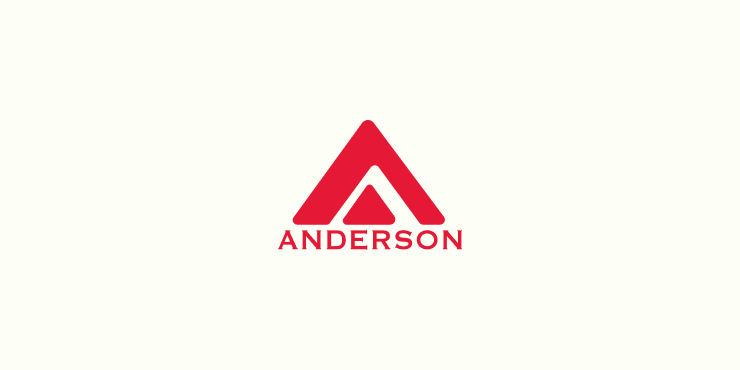 Producing a halter horse with perfect conformation is a goal of many horse breeders, including breeders of American Quarter Horses. The ideal stock horse has a refined head with a clean throatlatch, a long neck that ties into prominent withers, and a compact yet smooth, muscular body with a strong back, wide loins, and long hip.
Producing a halter horse with perfect conformation is a goal of many horse breeders, including breeders of American Quarter Horses. The ideal stock horse has a refined head with a clean throatlatch, a long neck that ties into prominent withers, and a compact yet smooth, muscular body with a strong back, wide loins, and long hip.
In the late 1960’s, a horse with a royal pedigree and superior conformation was born. His name was Impressive, a chestnut stallion that epitomized the perfect halter horse. Not only was he a standout in the show ring, but he also proved to be an exceptional sire. He passed his distinguished looks and ample muscling to his get and produced many more halter champions. His influence on the Quarter Horse and other breeds such as the Appaloosa and Paint Horse is indisputable as Impressive serviced thousands of mares in his lifetime. Not all Impressive-bred horses are affected with HYPP, but up to 4% of Quarter Horses are presumed affected by HYPP.
Unfortunately, hidden in Impressive’s DNA was a mutation that was passed to his offspring. This defect causes a disorder known as hyperkalemic periodic paralysis, or HYPP. The mutation occurs in the sodium channel gene, rendering it functionally defective. Sodium channels are “pores” in muscle cells that control muscle contraction. When the defective sodium gene is present, the sodium channel becomes stuck when potassium levels increase in the blood. When this happens, muscles twitch uncontrollably and a horse will tremble. Eventually the muscles become unable to contract and the horse becomes paralyzed as hyperkalemia, or excessive amounts of potassium in the blood, worsens. The cycle continues until the potassium in the blood is returned to normal.
Many horses with the defective gene show few to no signs of HYPP in their lifetimes. Others show signs after stressful events such as after transport, during shows, clipping, or veterinary procedures. Exposure to cold and pregnancy may elicit attacks. Weaning may precipitate the first HYPP attack in foals. Other horses have bouts of HYPP for no apparent reason.
Consumption of feeds with high levels of potassium may precipitate an attack of HYPP in horses with the defective sodium channel gene. Therefore, dietary management is of paramount importance in HYPP-positive horses. Horses with HYPP should be fed diets with limited amounts of potassium. Total dietary potassium should not exceed 1%; however, forages make up the bulk of all equine diets and most grasses contain 1 – 2% potassium. For that reason, the potassium level in grass hay or pasture-based diets should be balanced with low-potassium cereal grains. Alfalfa hay tends to contain high levels of potassium and should not be fed to horses with HYPP. Never feed sweet feeds to horses with HYPP! Most commercial sweet feeds contain molasses and soybean meal, both of which are rich in potassium. Plain oats are a viable option provided the horse is not sensitive to high levels of starch. Tailored dietary management may be achieved by analyzing hays and pasture grasses and consultation with equine nutritionists.
Potassium Levels of Common Feedstuffs1
Contain low levels of potassium |
Contain medium levels of potassium |
Contain high levels of potassium |
Constitute majority of HYPP-positive diets |
Low-potassium feeds | AVOID!!! |
| Oats | Timothy hay | Alfalfa hay, cubes, pellets |
| Corn | Brome hay | Molasses |
| Barley | Fescue hay | Soybean meal |
| Wheat | Oat hay | Orchardgrass |
| Wheat bran | Clover hay | Reed canarygrass |
| Beet pulp | Kentucky bluegrass | Spring pasture |
| Fats and corn or vegetable oils | Stabilized rice bran | Canola |
1Adapted from Equinews, Vol 9, Issue 1
HYPP is a dominant trait and is therefore easily transferred to subsequent generations. Fortunately, the defective gene that causes HYPP is easily identified in horses by a DNA test using hair or blood. Horses can be negative (HYPP N/N), heterozygous positive (HYPP N/H), or homozygous positive (HYPP H/H). Most horses considered as positive are HYPP N/H. Horses that are HYPP H/H are the most delicate and require diligent care for long-term survival. Most horses that are HYPP-positive can be managed with diets that are low in potassium and drugs are available to aid in controlling blood potassium levels.
To subscribe to this blog from Anderson Hay by email, fill in the box located above on the right.
References
http://www.vgl.ucdavis.edu/services/hypp.phphttp://www.vgl.ucdavis.edu/services/hypp.php
HYPP Survival Guide, published by the American Quarter Horse Journal. http://americashorsedaily.com/free-report-hypp-survival-guide/
HYPP: Diet Makes a Difference. Equinews, Volume 9, Issue 1. Kentucky Equine Research. http://www.equinews.com/


